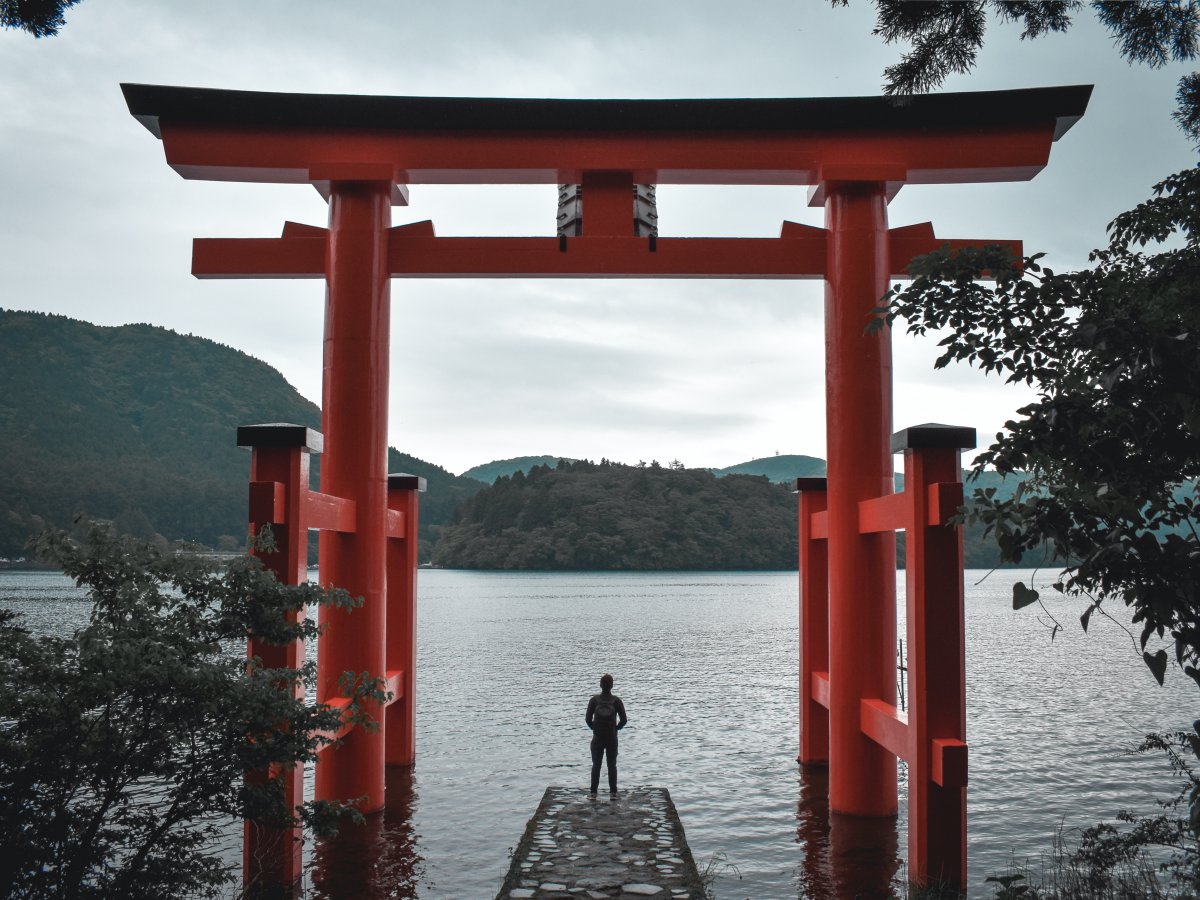
Shinto, Japan's indigenous spirituality, is a fascinating blend of rituals, traditions, and beliefs. Ever wondered what makes Shinto so unique? Shinto isn't just a religion; it's a way of life deeply woven into Japanese culture. From the majestic torii gates marking sacred spaces to the reverence for kami (spirits), Shinto practices are everywhere in Japan. This ancient belief system emphasizes harmony with nature, purity, and the importance of rituals. Whether it's the grand festivals or the serene shrines, Shinto offers a glimpse into Japan's soul. Ready to dive into 25 intriguing facts about Shinto? Let's explore the essence of this captivating tradition!
Origins of Shinto
Shinto, Japan's indigenous spirituality, has a rich history. Let's explore some fascinating facts about its origins.
- Ancient Roots: Shinto dates back to at least the 8th century, though its practices likely began much earlier.
- No Founder: Unlike many religions, Shinto has no single founder or sacred text.
- Kami Worship: Central to Shinto is the worship of kami, spirits associated with natural elements and ancestors.
- Animism Influence: Shinto incorporates animistic beliefs, where all things, living or non-living, possess a spirit.
- Mythical Beginnings: Shinto mythology includes the creation story of Japan by the deities Izanagi and Izanami.
Shinto Practices and Rituals
Shinto rituals and practices are deeply embedded in Japanese culture. Here are some key aspects.
- Purification Rites: Purification, or 'harae,' is essential in Shinto to cleanse oneself of impurities.
- Seasonal Festivals: Shinto festivals, or 'matsuri,' celebrate seasonal changes and honor kami.
- Shrine Visits: Visiting shrines, or 'jinja,' is a common practice for worship and seeking blessings.
- Offerings: Offerings of food, sake, and other items are made to kami during rituals.
- Ema Plaques: People write wishes on wooden plaques called 'ema' and leave them at shrines.
Shinto Shrines
Shinto shrines are sacred spaces where kami are enshrined. Let's delve into some intriguing facts about these shrines.
- Torii Gates: The iconic red torii gates mark the entrance to Shinto shrines.
- Main Hall: The 'honden' is the main hall where the kami is enshrined.
- Sacred Trees: Many shrines have sacred trees, believed to house spirits.
- Shimenawa Ropes: Thick ropes called 'shimenawa' are hung to signify sacred areas.
- Water Basins: Visitors purify themselves at water basins, or 'temizuya,' before entering the shrine.
Shinto Symbols and Beliefs
Shinto symbols and beliefs are unique and deeply symbolic. Here are some notable ones.
- Mirror Symbolism: Mirrors, or 'kagami,' symbolize truth and wisdom in Shinto.
- Sacred Objects: Sacred objects, or 'shintai,' are believed to house kami and are kept in shrines.
- Amulets and Talismans: Amulets, or 'omamori,' provide protection and bring good luck.
- Nature Reverence: Shinto emphasizes reverence for nature and its elements.
- Ancestor Worship: Honoring ancestors is a significant aspect of Shinto belief.
Modern Shinto
Shinto continues to thrive in modern Japan. Let's look at how it has adapted and persisted.
- State Shinto: In the late 19th and early 20th centuries, Shinto was used to promote nationalism in Japan.
- Post-War Changes: After World War II, Shinto was separated from the state and became a private practice.
- Cultural Festivals: Shinto festivals remain a vital part of Japanese culture and community life.
- Marriage Ceremonies: Many Japanese couples choose traditional Shinto wedding ceremonies.
- Global Influence: Shinto practices and beliefs have influenced various aspects of global culture, including martial arts and anime.
Shinto's Enduring Legacy
Shinto, Japan's ancient spiritual tradition, continues to shape the nation's culture and values. With its deep connection to nature, rituals, and festivals, Shinto offers a unique perspective on life and spirituality. The reverence for kami, or spirits, highlights the importance of harmony between humans and the natural world. Shinto shrines, scattered across Japan, serve as serene sanctuaries where people seek blessings, protection, and guidance.
Understanding Shinto's principles can provide valuable insights into Japanese customs and societal norms. Whether it's the purification rituals, seasonal festivals, or the emphasis on gratitude and respect, Shinto's influence is evident in many aspects of Japanese life. As you explore this fascinating tradition, you'll discover a rich tapestry of beliefs and practices that have stood the test of time. Shinto's enduring legacy continues to inspire and guide those who seek a deeper connection with the world around them.
Was this page helpful?
Our commitment to delivering trustworthy and engaging content is at the heart of what we do. Each fact on our site is contributed by real users like you, bringing a wealth of diverse insights and information. To ensure the highest standards of accuracy and reliability, our dedicated editors meticulously review each submission. This process guarantees that the facts we share are not only fascinating but also credible. Trust in our commitment to quality and authenticity as you explore and learn with us.


